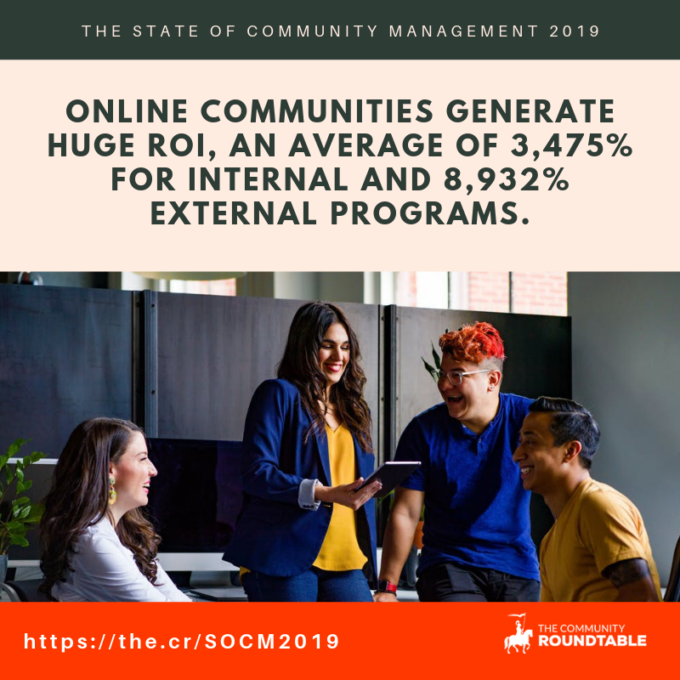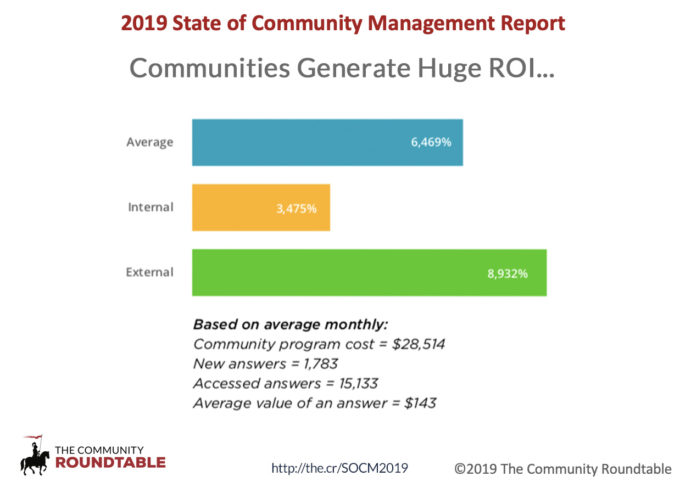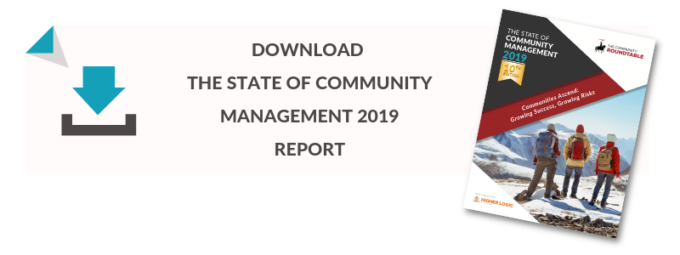
Communities are complex and ever- changing. In the real world, they are challenging to see in aggregate and, therefore, almost impossible to measure. Online, however, we can see how communities form, change, fragment, divide, and dissipate. That allows us to communicate community dynamics, value, and impact.
Some community value is still easier to see because it is direct. Getting support, advice, and answers offsets more cumbersome and resource-intensive methods because communities are quite efficient at matching and exchanging value between those who need it and those who have excess capacity. That value is what we can measure most easily and translate into financial results because it has a direct impact on the cycle time of a workflow. While other community outcomes, like the value of having empowered employees, cannot be translated into financial terms, we must recognize that it exists and contributes to overall organizational performance.

An example of direct value comes from a global manufacturing company where 70% of the staff – mostly sales and support professionals that are on-site with customers – work remotely. Because of their isolation, it can take years to develop an efficient internal network that they can use to resolve the issues they see on a daily basis. by providing an internal community focused on products or solution areas, they no longer need to know who to ask – or spend hours getting introductions from those they do know. The community has a direct and significant financial impact for the organization and its clients, who can quickly get issues resolved and continue their work.
The Community roundtable’s Community ROI Calculator focuses on this direct value, and looks specifically at answers because they are the most valuable engagement output we can easily measure. This model yields a highly credible view of a community’s value.
Community programs generate the kind of value you might expect for the high levels of engagement they engender, in the process demonstrating how the transference of trust supports engagement at scale. While internal community programs show a lower ROI, they are on average smaller in size and their business objectives are typically more indirect, making a bigger percentage of their overall impact harder to measure in financial terms.

Note: This post contains content originally published in the State of Community Management 2019 report. Download your free copy here.
